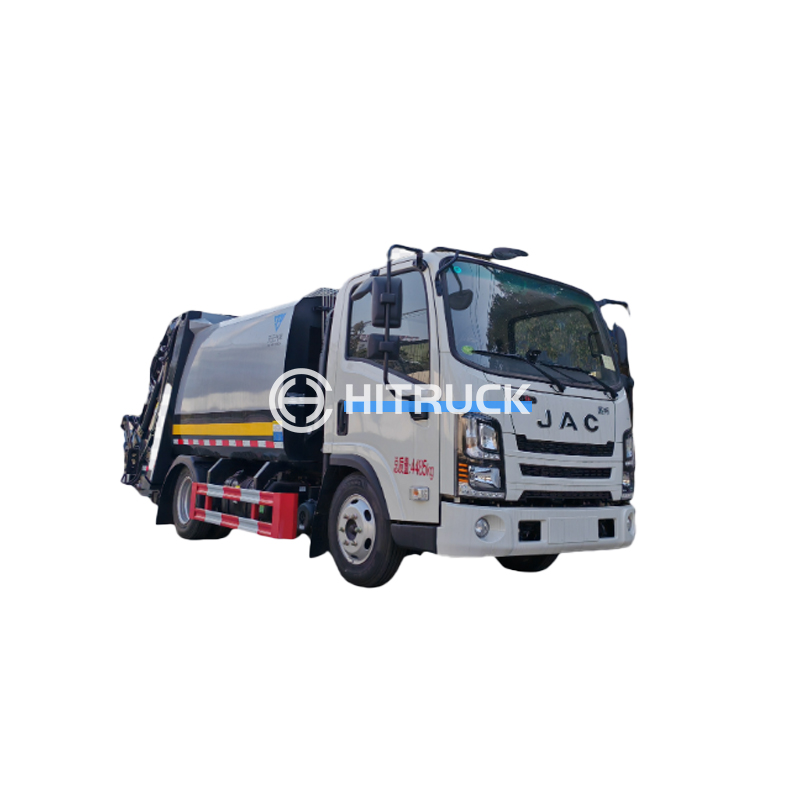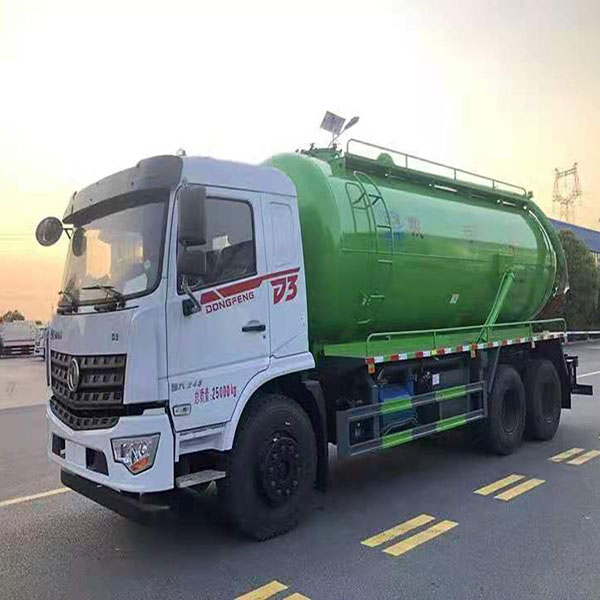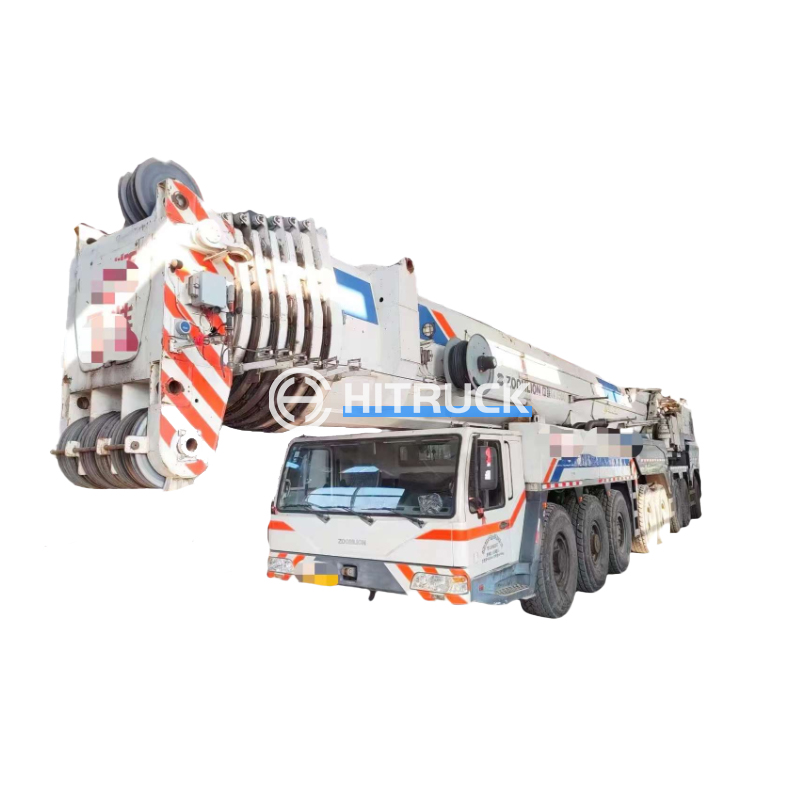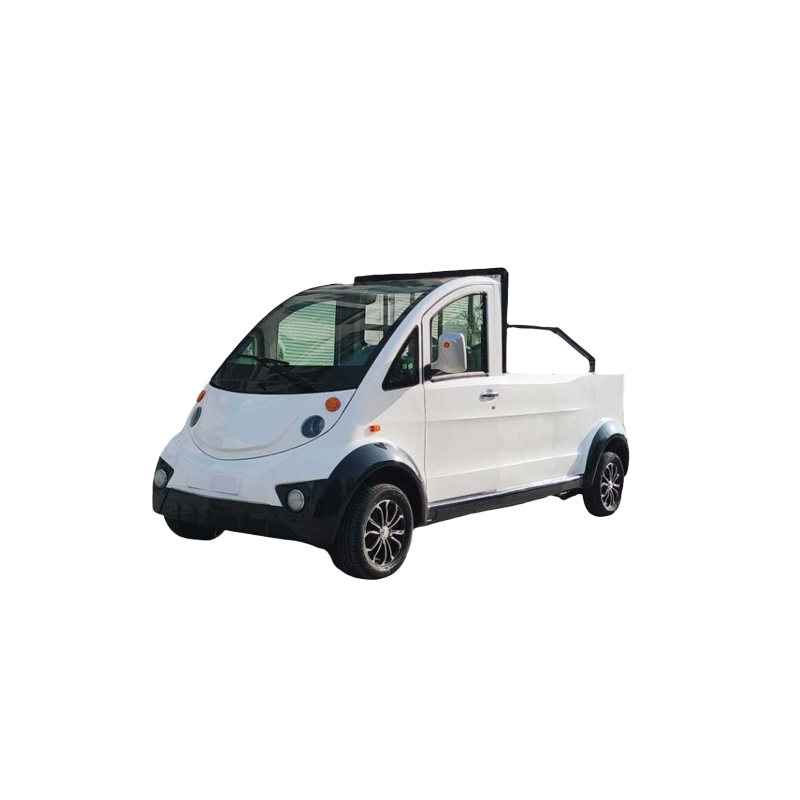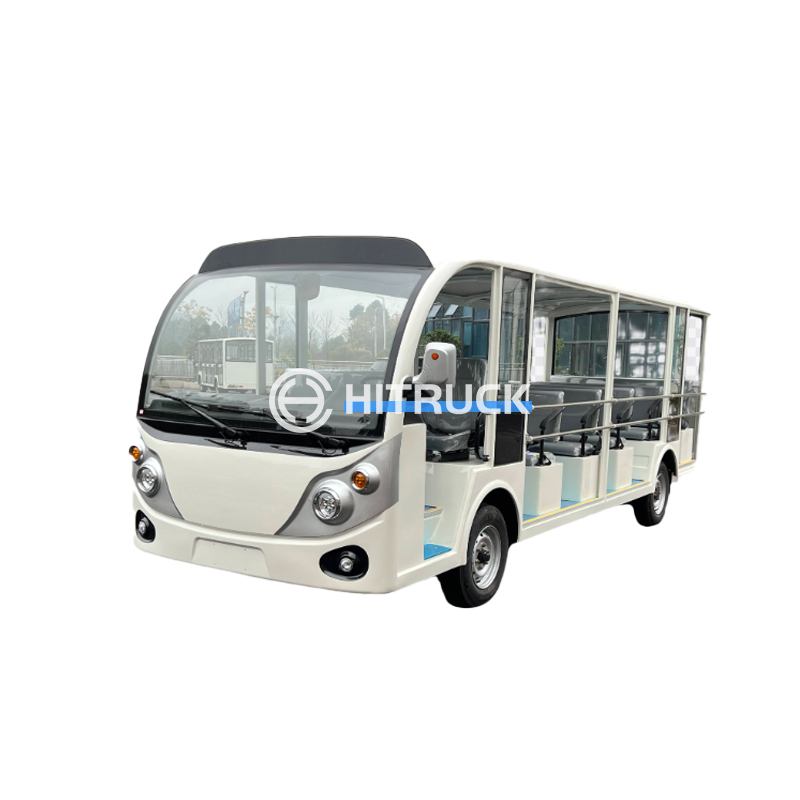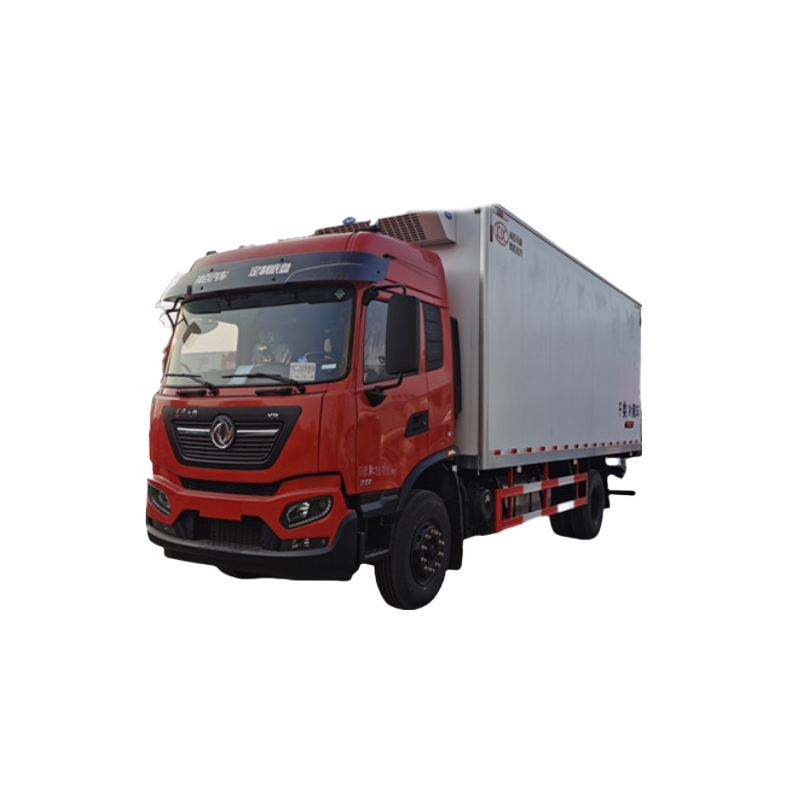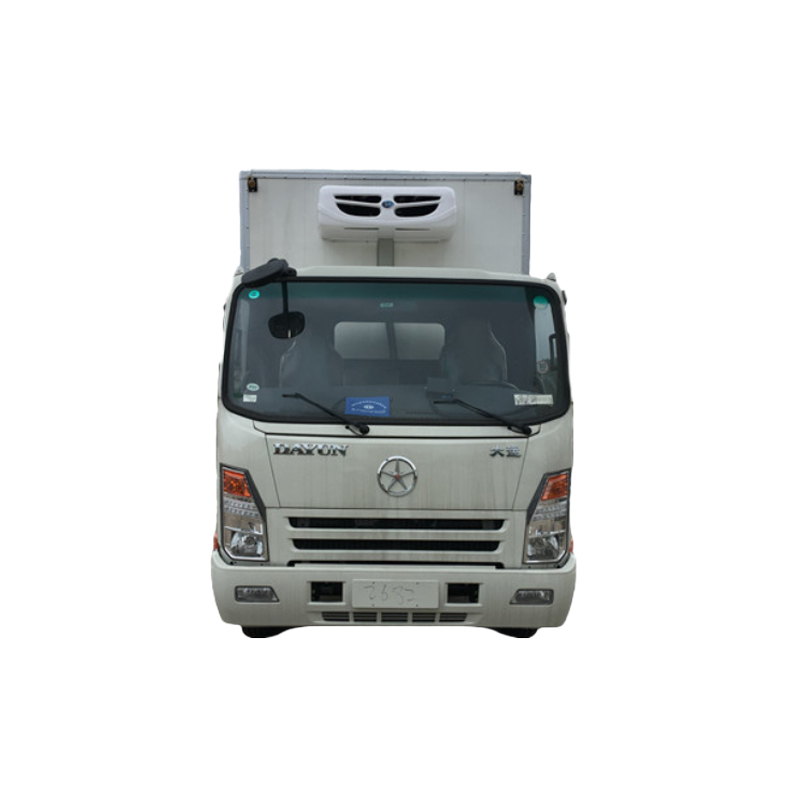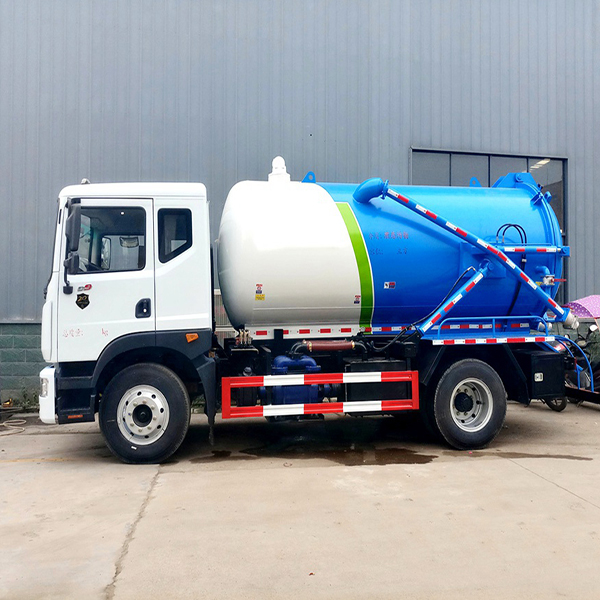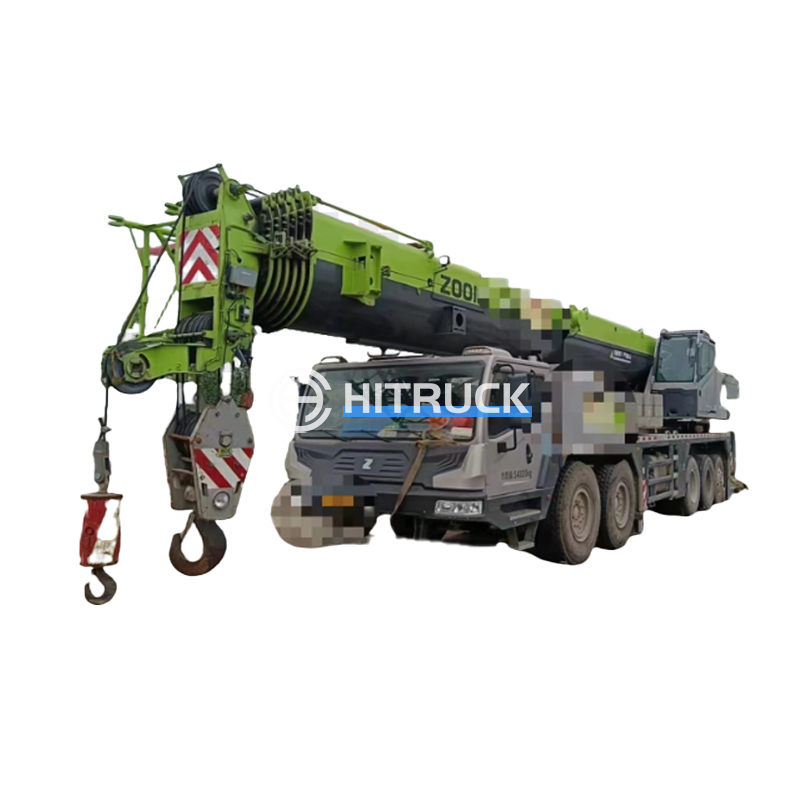Telescoping Truck Cranes: A Comprehensive GuideA telescoping truck crane, also known as a telescopic boom truck crane, combines the maneuverability of a truck with the lifting capacity of a crane. This guide provides a comprehensive overview of these versatile machines, covering their key features, applications, advantages, and considerations for selection. We'll delve into the specifications, safety protocols, and maintenance requirements to ensure you have a thorough understanding of telescoping truck cranes.
Key Features of Telescoping Truck Cranes
Boom Length and Capacity
Telescoping truck cranes are characterized by their ability to extend and retract their booms hydraulically. The boom length varies significantly depending on the model, ranging from relatively short booms for smaller tasks to extremely long booms capable of reaching considerable heights. Lifting capacity also varies greatly, influencing the types of loads a crane can handle. Always check the manufacturer's specifications for precise boom length and weight capacity information for each model.
Mobility and Maneuverability
Unlike larger, stationary cranes,
telescoping truck cranes are highly mobile, allowing them to easily navigate to different job sites. Their size and design make them suitable for working in confined spaces where larger cranes might be impractical. This mobility is a significant advantage in many applications.
Outrigger System
The stability of a
telescoping truck crane heavily relies on its outrigger system. Outriggers are stabilizing legs that extend from the crane's chassis, providing a wider base for enhanced stability during lifting operations. The proper deployment and configuration of outriggers are critical for safe operation. Always consult the operator's manual for correct outrigger setup procedures.
Applications of Telescoping Truck Cranes
Telescoping truck cranes find extensive use across diverse industries. Some common applications include: Construction: Lifting and placing materials on construction sites. Industrial Maintenance: Performing repairs and maintenance on industrial equipment. Telecommunications: Installing and maintaining telecommunication towers and equipment. Transportation: Loading and unloading heavy goods from trucks and trailers. Emergency Response: Assisting in rescue and recovery operations.
Choosing the Right Telescoping Truck Crane
Selecting the right
telescoping truck crane requires careful consideration of several factors: Lifting Capacity: The maximum weight the crane needs to lift. Boom Length: The required reach to complete the task. Terrain: The type of terrain the crane will operate on. Job Site Accessibility: Whether the crane can access the job site easily. Budget: The available budget for purchasing or renting the crane.A well-informed decision involves analyzing your specific needs and consulting with crane professionals or suppliers like
Suizhou Haicang Automobile sales Co., LTD to determine the best fit for your requirements.
Safety and Maintenance
Safe operation of a
telescoping truck crane is paramount. Regular inspections, operator training, and adherence to safety protocols are essential. Proper maintenance, including regular lubrication and inspections, will extend the lifespan and ensure reliable performance of the crane. Always follow the manufacturer's instructions and guidelines for safe operation and maintenance.
Comparison of Leading Telescoping Truck Crane Brands
| Brand | Typical Boom Length (ft) | Typical Lifting Capacity (lbs) | Key Features |
| Brand A | Variable (Check Manufacturer Specs) | Variable (Check Manufacturer Specs) | Feature 1, Feature 2 |
| Brand B | Variable (Check Manufacturer Specs) | Variable (Check Manufacturer Specs) | Feature 1, Feature 2 |
| Brand C | Variable (Check Manufacturer Specs) | Variable (Check Manufacturer Specs) | Feature 1, Feature 2 |
(Note: Specific brand information and specifications should be obtained directly from manufacturers' websites.)


